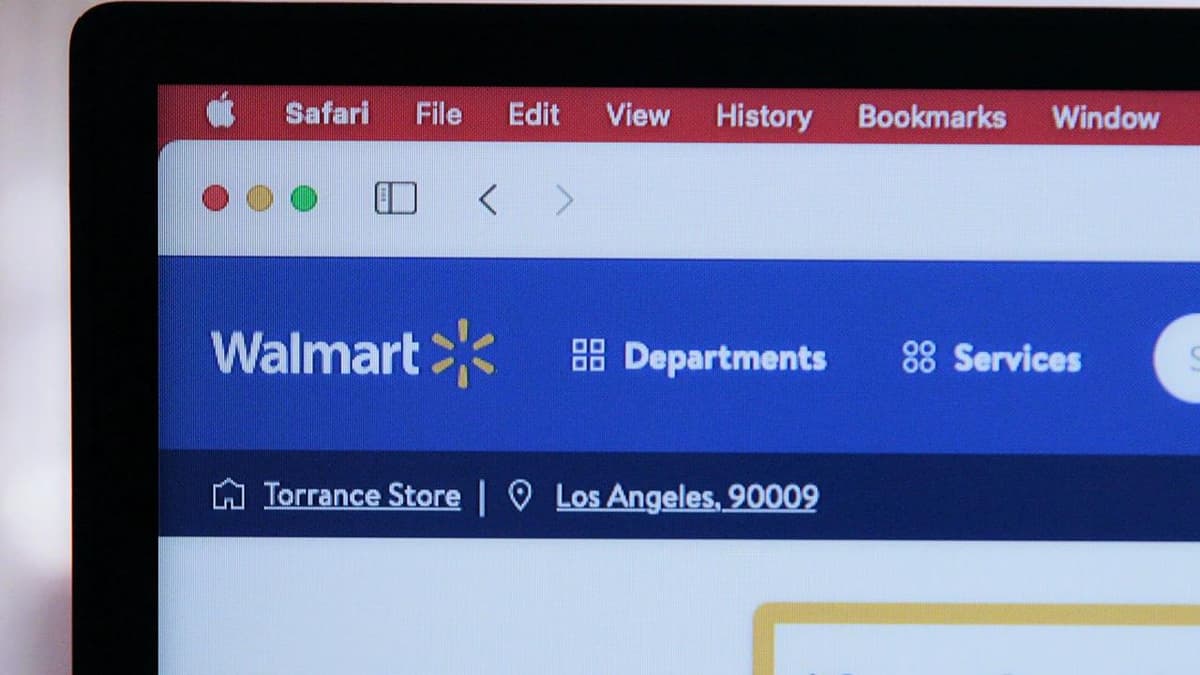Why is Provider Redux Essential for Efficient State Management in React Applications?
Are you struggling to manage the state of your React applications efficiently? If so, you're not alone. State management in React can quickly become complex as your application grows in size and complexity. Luckily, there is a powerful tool that can help streamline the management of state in your React components - Provider Redux.
Understanding the Need for Provider Redux
Before we delve into the benefits of Provider Redux, let's first understand why efficient state management is crucial in React applications. As your application grows, you'll likely encounter situations where data needs to be shared among multiple components, and handling this data flow can become cumbersome. This is where state management tools like Provider Redux come into play.
Provider Redux is a state management library that allows you to store and update the state of your React application in a centralized location. By utilizing Provider Redux, you can avoid prop drilling - the process of passing props down multiple levels of nested components - which can lead to messy and hard-to-maintain code.
Simplifying State Management with Provider Redux
How does Provider Redux simplify state management in React applications? Let's break it down into key benefits:
Centralized State Management
Provider Redux allows you to define a central store where all the state of your application is stored. This centralized approach makes it easy to access and update the state from any component in your application without the need to pass props down manually. Here's a simple example of how Provider Redux helps in managing the state centrally:
Javascript
In the example above, we define a Redux store with initial state and a reducer function to handle state updates. By wrapping our main App component with the Provider from React Redux, all child components can access the store and dispatch actions to update the state.
Predictable State Updates
One of the core principles of Provider Redux is that the state is read-only. This means that the state can only be updated by dispatching actions, which are handled by reducer functions. By following this unidirectional data flow, you can predict the state changes in your application more easily, leading to fewer bugs and better maintainability.
Improved Performance
Provider Redux also offers performance optimizations through features like memoization and selective component re-rendering. By using the connect function from React Redux to connect your components to the Redux store, you can ensure that only the necessary components re-render when the state changes, leading to improved performance and a smoother user experience.
Seamless Integration with React Ecosystem
Another advantage of Provider Redux is its seamless integration with other libraries and tools in the React ecosystem. From middleware like Redux Thunk for handling asynchronous actions to Redux DevTools for debugging state changes, Provider Redux plays well with a wide range of extensions and tools that enhance the development experience.
Scalability and Maintainability
As your React application grows in size and complexity, maintaining a clear and organized state management becomes essential. Provider Redux offers a scalable and maintainable solution for managing state in large applications by providing a clear structure for state updates and enabling efficient data flow among components.
Getting Started with Provider Redux
Ready to give Provider Redux a try in your React applications? Here's a step-by-step guide to help you get started:
-
Install Redux and React Redux packages in your project:
Html -
Define your initial state and reducer function to handle state updates.
-
Create a Redux store by calling
createStorewith your reducer function. -
Wrap your root component with the
Providercomponent from React Redux, passing the Redux store as a prop.Javascript -
Connect your components to the Redux store using the
connectfunction from React Redux to access the state and dispatch actions.
Provider Redux is a powerful tool for efficient state management in React applications, offering centralized state storage, predictable state updates, improved performance, seamless integration with the React ecosystem, and scalability for larger applications. By implementing Provider Redux in your projects, you can streamline the management of state and build robust and maintainable React applications. Start integrating Provider Redux into your projects today and experience the benefits firsthand.












